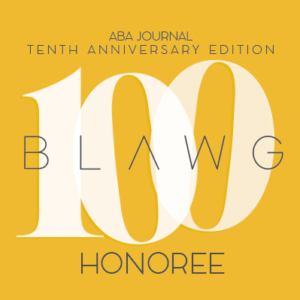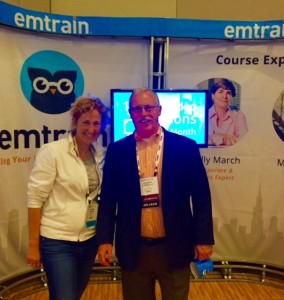I am pleased to welcome Ai Deng, Phd., to Cartel Capers as a guest poster. Ai is an economist with Bates White Economic Consulting. I met Ai at some of the antitrust conferences that Bates White sponsors and I’ve always enjoyed his economist’s insight on various cartel related issues. Ai’s first post is below.
******************************************************
Competition authorities and regulatory bodies are resolute in encouraging companies to beef up their corporate compliance programs. As an example, in the LIBOR investigation, the DOJ required Barclay’s and other banks to “maintain or develop monitoring systems or electronic exception reporting systems that identify possible improper or unsubstantiated submissions.” [1] Similar agreements were reached between various banks and the CFTC. Good compliance effort by the corporation apparently also pays—in the recent FOREX investigation, the DOJ took notice of Barclay’s efforts and stated in its plea agreement: “The parties further agree that the Recommended Sentence is sufficient, . . . , in considering, among other factors, the substantial improvements to the defendant’s compliance and remediation program to prevent recurrence of the charged offense.”
To better detect various forms of market manipulation, corporate compliance officials can employ a data analytic technique called an “empirical screen.” This technique has already been used by antitrust authorities all over the world, and it is getting increased attention in recent academic literature. An empirical screen is a metric that is based on data and a pre-specified formulation. The value of the metric changes as the likelihood of market manipulation increases or decreases. When the value crosses a certain threshold, a “red flag” for suspicious activity goes up. When this occurs, additional investigation of the causes may be warranted.
“Detection” techniques similar to empirical screens are widely used in the credit card and telecommunications industries for fraud detection purposes. AT&T Labs’ researchers Becker, Volinsky, and Wilks (2010) noted that AT&T implemented its fraud detection system (the Global Fraud Management System) nearly 20 years ago, in 1998.[2] AT&T’s team of data experts continuously analyzes data and devises new techniques to detect fraud. Credit card companies also invest significantly in fraud detection efforts. Organizations that are contemplating establishing or strengthening their compliance programs can also benefit from adopting screening and detection analytics. In the recent Law360 article “What Compliance Officials Must Know About Market Screening” available here, I focus on two important practical issues that have not yet been adequately addressed but which are crucial for a successful deployment of empirical screen techniques. If you don’t have access to Law 360 and would like a copy of my article, please contact me at ai.deng@bateswhite.com.
_______________________________________
1. Deferred Prosecution Agreement at § vi (“Monitoring and Auditing”), United States v. Royal Bank of Scotland (D. Conn. Feb. 5, 2013), available at http://www.justice.gov/iso/opa/resources/28201326133127414481.pdf.
2. Richard A. Becker, ChrisVolinsky, and Allan R. Wilks, “Fraud Detection in Telecommunications: History and Lessons Learned,” Technometrics 52, no. 1 (2010): 20–33.


